Wild Elephants in Sri Lanka at Udawalawe National Park

Wild elephants in Sri Lanka were a huge highlight on our trip. On our safari in Udawalawe National Park, we saw herds of elephants, baby elephants and elephants bathing in the mud. We held our breath, watching these magnificent creatures in silence. We’d thought we would be lucky to see just one elephant, but within twenty minutes of entering the park, we’d already seen ten or more.
Sri Lanka has many National Parks where you can see wild elephants roam free. When you think of safari, like us you probably think of Africa. But Sri Lanka is an excellent destination for wildlife safari. The country is home to Asian elephants, monkeys, marsh crocodiles, eagles, wild peacocks and wild leopards.
Wild Elephants in Udawalawe National Park
From the mountain town of Ella, we travelled to Udawalawe. We hopped out of our van and into our homestay. We had left ourselves two nights and three days to see Udawalawe, not wanting to rush the experience and keen to leave enough time to spot wild elephants. We decided on an afternoon safari (3:30 – 6PM) rather than an early morning safari (6 – 8:30AM) because our guide told us that there would be more animals around in the evening. He wasn’t wrong! We lost count of the number of elephants we saw when we visited.
A large, shiny black jeep with an open back came to pick us up from our homestay. We clambered up onto the high seats at the back and braced ourselves for a windy ride down the highway to the National Park. From our homestay, it was a 20-minute ride to the park entrance. We pulled up in a dusty jeep park and waited while our guide and driver ran in to pay the entrance fees. I snapped a quick photo of Luke that he allowed because his was too excited about possible elephant sightings to say no. Within 10 minutes we were driving slowly through the park gates.
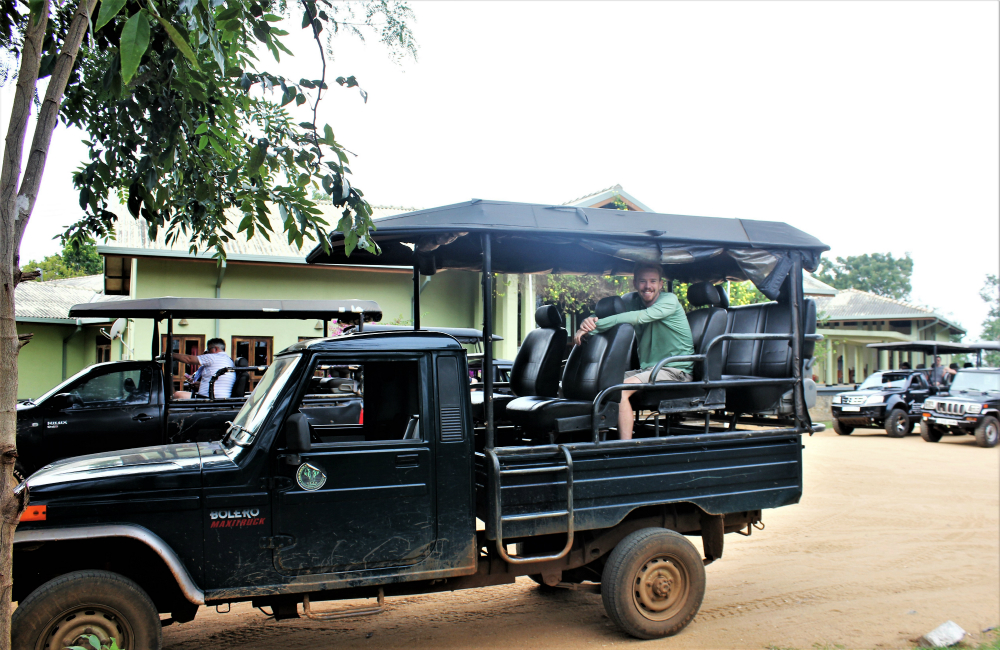
Almost immediately we saw him. A huge, male African elephant standing alone in the grasslands. We couldn’t believe it! We had spotted a wild elephant in Sri Lanka! Our guide whispered to us from the front seat that male elephants are often solitary until mating season. Female elephants are the ones who travel in herds with their babies. We watched our first elephant hushed from the jeep before continuing slowly around the park. Not long after, we saw a herd of female elephants and their babies walking through the scrub. They stopped for mud baths, showering each other in muddy water to keep cool.
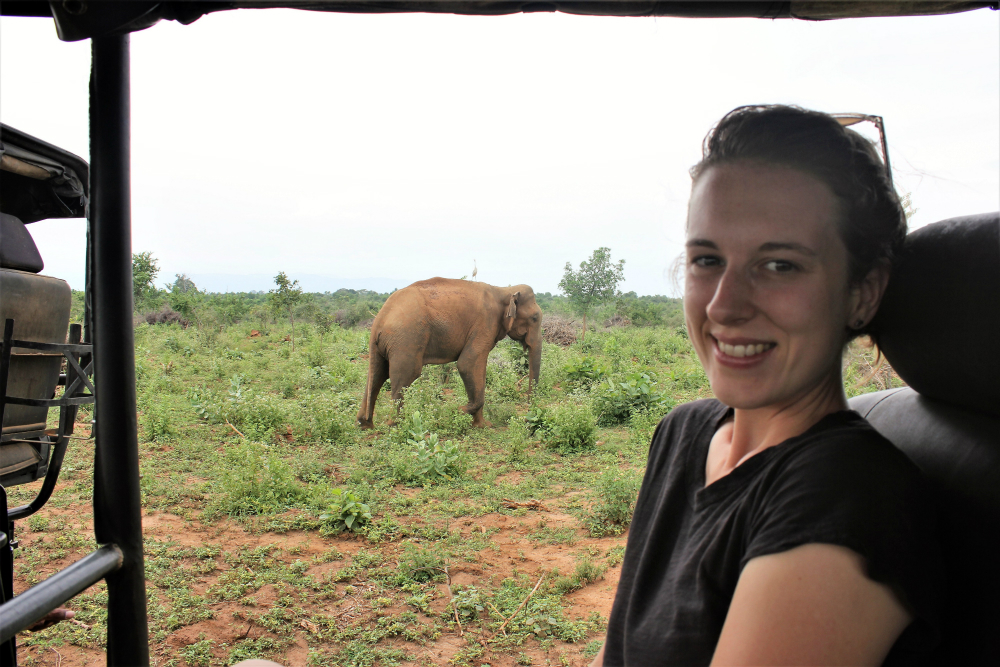
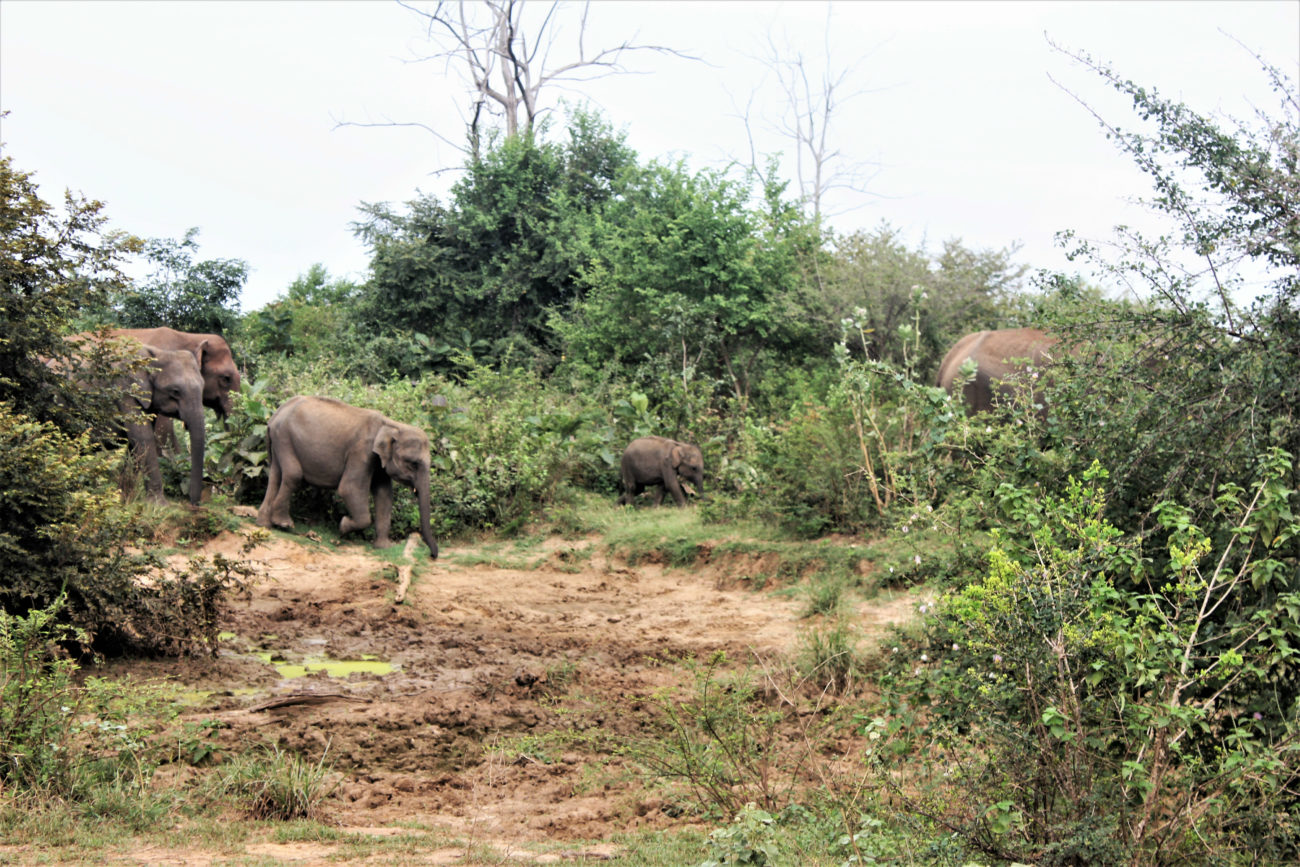
During our safari, we also saw wild monkeys, peacocks, buffalo, crocodiles, eagles, lizards and various species of bird. The amount of wildlife was incredible. Towards the end of the safari, we stood under the shade of a huge tree looking out at the expanse of the park. Looking up we watched birds swirling in circles, swooping down to catch fish and nesting in the trees. Whilst we were enraptured in this existential moment where a whole ecosystem was alive around us, a sneaky wild monkey crept into our jeep, unzipped our backpack and stole our sun cream. We were mortified (our driver assured us that the worst case scenario for the monkey would be diarrhoea and a word to the wise not to bring valuables into the park, and if you do to keep them on you at all times.
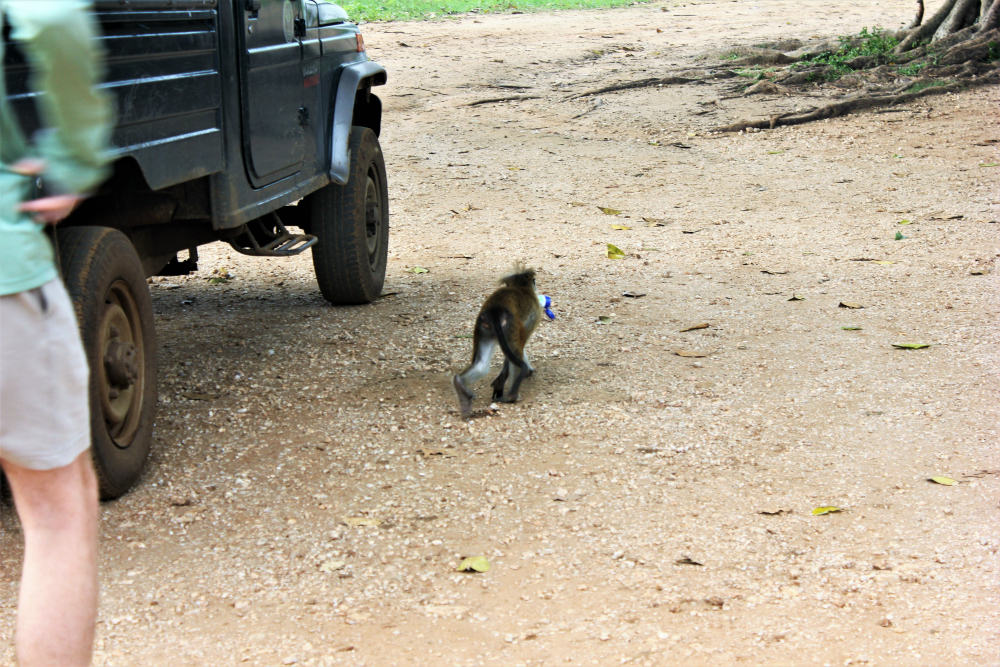
Responsible Elephant Tourism in Sri Lanka
Our experience in Udawalawe National Park was responsible and aware. Our guide was very vocal about the importance of not getting too close to or disturbing wildlife and of going slowly around the park. Whilst other drivers raced off around the park, our driver hung back, crawling along on the lookout for elephants and other wildlife. We much preferred the slow pace, as animal sightings can be difficult and the fewer jeeps, the better able you are to spot animals and the lower the risk of animals feel ‘surrounded.’ Even though other drivers did so faster around the park, they stayed on designated roads, switched their engines off when watching animals and did not follow the animals. The jeeps did not stick together but separated so there was no encircling or overwhelming of animals.
If you choose to go on a safari in Sri Lanka and find that your safari safari driver is not acting as responsibly, please speak up. Often drivers act irresponsibly because they are unaware, have not had access to education on responsible animal tourism or because they think they are doing ‘what tourists want.’ Politely ask your driver to go slower or to stay further away from wild animals. I can’t stress how important this is both for the animals and for yourself.
On the way out of Udawalawe National Park, we passed a male elephant and stopped to gaze for a moment. He stared directly at us in an unnerving way. The other elephants we had seen had all passed us by without so much as a glance, continuing with their usual business. His eyes were huge and glassy. Almost immediately, the elephant charged at our jeep. Our driver had been quick enough to realise something wasn’t right and slammed his foot on the pedal. Fortunately we were parked far back enough that we had enough time to move away unscathed.
It turns out the male elephant was protecting a baby who we hadn’t seen behind the bushes. Our driver told us that elephants tip over jeeps a couple of times a year and that sometimes tourists do die. We thanked our lucky stars our driver was experienced and aware enough to have reacted so quickly. It’s also an important note that elephants are wild animals. The National Parks are their homes and humans must respect that.
I shared a controversial post on Facebook and Instagram about unethical elephant tourism in Sri Lanka. Whilst these posts are not nice, they are an important step to raising awareness around responsible elephant tourism. I would highly recommend reading these posts if seeing elephants has been on your Sri Lanka wishlist and more specifically if you are considering visiting an elephant orphanage like Pinnawala. Before visiting Sri Lanka, we read this post from Salt in our Hair and this interview on Time Travel Turtle. We would advise only visiting National Parks and National Park organisations like the Elephant Transit Home in Udawalawe to see elephants and wild animals in Sri Lanka.

Should I Visit an Elephant Orphanage in Sri Lanka?
In most cases, no. Most elephant orphanages are for-profit businesses. They often use chains to control the elephants and they never return the elephants to the wild.
The Elephant Transit Home in Udawalawe is different. This is an organisation run by the government that looks after wounded and orphaned elephants. Unlike most elephant “orphanages,” the elephants at the Elephant Transit Home are held only temporarily before they are released into the National Park. The Transit Home is attached to the National Park, so the elephants are only in contact with humans for feeding and medical treatment.
You can watch baby elephants being fed milk at 6AM, 9AM, 12PM, 3PM and 6PM. It’s super cute and entry is only 500 LKR per person. The Elephant Transit Home only gets 50% of its budget through the government — it relies on donations to stay open. You can either donate to the park directly or you can donate to one of the charities that supports the Home, such as Born Free.
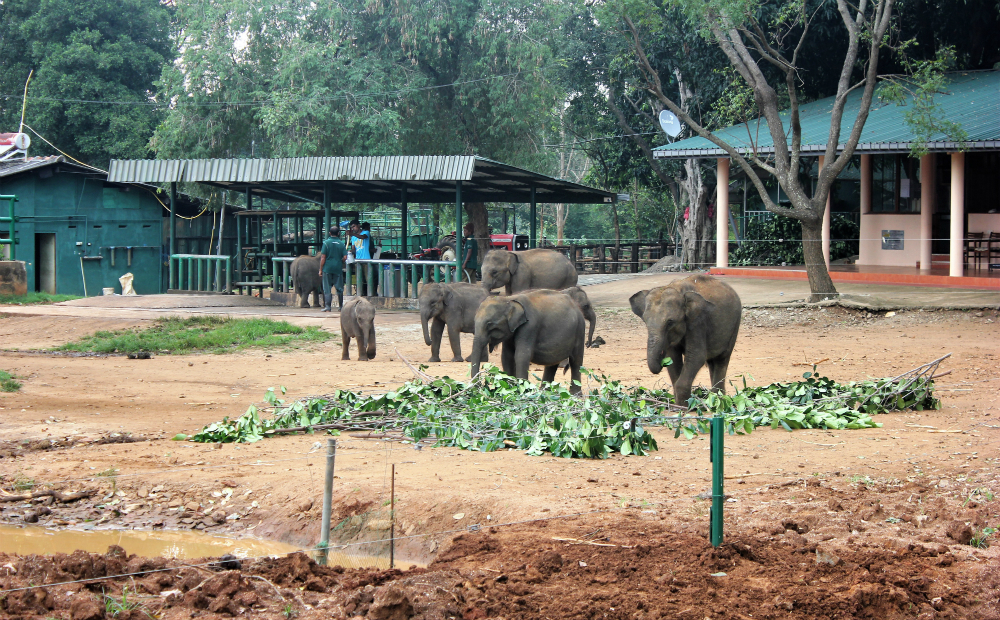
Travel Information about Udawalawe National Park
If you plan to visit Udawalawe National Park to see wild elephants, here is all of the information you will need to know.
Which season is best to see wild elephants in Udawalawe National Park?
The main dry season includes the months of May, June, July, August, September and October. In the dry season, the park is very dusty and you have a better chance of seeing animals at the watering holes. November, December and January are the rainy months of the northeast monsoon. March and April are unpredictable — they can be wet or dry! We visited during March and left an extra day in case of rainy weather to ensure we had the best chance of spotting wild elephants.
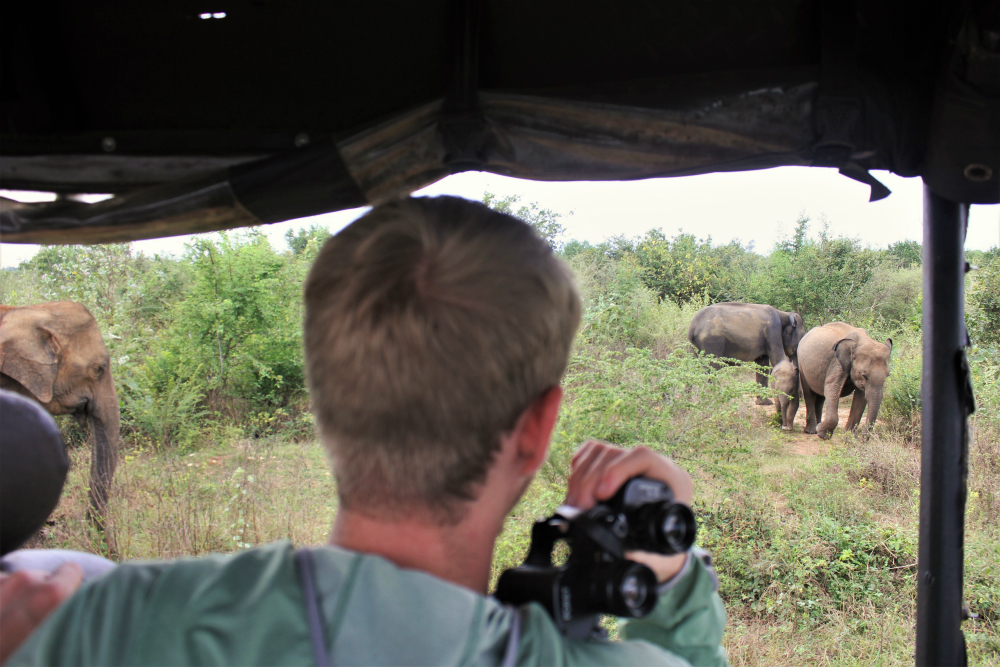
How to visit Udawalawe National Park?
You must visit Udawalawe National Park by safari. This means you’ll need a jeep and a driver (as well as an entry ticket). If you organise your trip through a homestay, hotel or an agency, you’ll usually get everything bundled together. If you organise each part separately, you may be able to get it cheaper — but it’s more effort to do and only slightly cheaper. We organised our safari directly through our homestay host.
Where to stay near Udawalawe National Park?
We stayed at Walawa Cottage. We stayed in a triple room with air con (not essential) and a private bathroom for £17.50. Dinner (800 LKR/£3.71) was tasty. There are very few restaurants in Udawalawe so it’s best to find accommodation that provides Sri Lankan food. The friendly owner helped us arrange our safari and put us on the bus to Mirissa at the end of our stay. We booked our stay at Walawa Cottage through Airbnb. Use our discount code for £25 off your first booking with Airbnb.
How much does it cost to visit Udawalawe National Park?
We paid 6,000 Sri Lankan Rupees per person (LKR). That’s £27.85. We organised it through our accommodation on the day of the safari. Our driver was excellent and helped us spot a couple of baby elephants that other jeeps drove straight past! If you want to haggle, I hear you can get a jeep for 3,500 LKR (£16.25) and then you can pay 3,000 LKR per person (£13.92). For two people, that would bring the cost down to 4,750 LKR per person (£22.05).
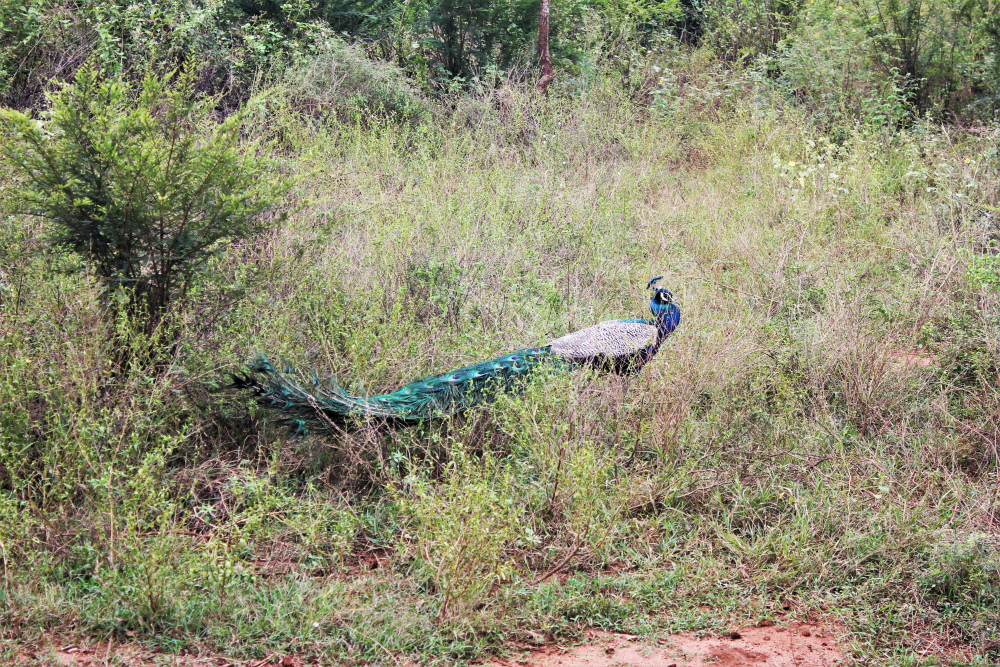
Where is Udawalawe National Park?
Udawalawe National Park is in the south of Sri Lanka, about 60 kilometres from the coast. It’s about 170 kilometres from Colombo, which is in southwest Sri Lanka. The distance from Udawalawe National Park to Yala National Park is 100 kilometres.
How to get to Udawalawe National Park from Ella
We took a shared taxi from Ella to Udawalawe National Park (2,000 LKR per person, equivalent to £9.82). The transfer took two hours. We booked it through Ez Taxi. It’s possible to take a bus from Ella to Thanamalwila then arrange for a tuk-tuk to take you to the National Park.
How to get to Mirissa from Udawalawe National Park
After our weekend in Udawalawe, we continued onto the beach town of Mirissa. We took the number 11 bus from Udawalawe to Mirissa at 7AM. The bus cost 165 LKR (£0.77) and took three and a half hours. The bus stopped at other beach towns including Tangalle, Matara, Weligama and Galle.
Which is better to see wild elephants in Sri Lanka, Udawalawe National Park or Yala National Park?
Which national park is better to see wild elephants in Sri Lanka, Yala or Udawalawe? This is a question we asked ourselves before visiting and we made our decision after reading this article. According to our ranger, the two parks are very different. Though leopards are found in both parks, you’re supposed to be more likely to see one in Yala. On the other hand, Udawalawe has more elephants! We decided to visit Udawalawe National Park as many travellers wrote positively about the experience and as we read that Yala was often crowded with too many jeeps.
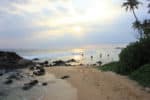
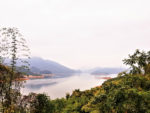

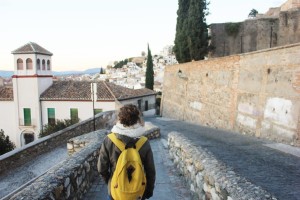
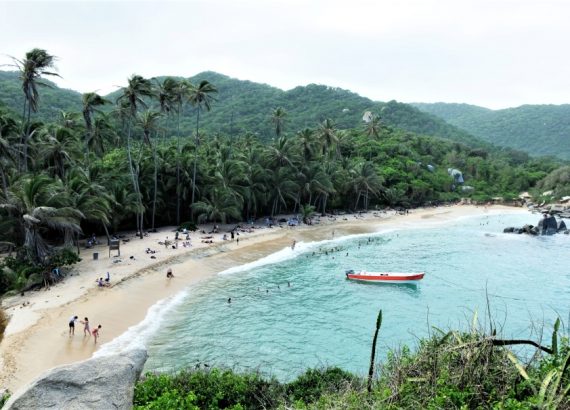
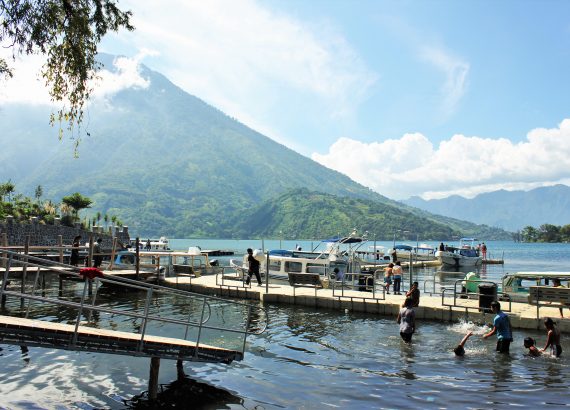
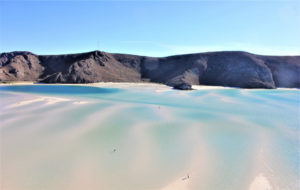
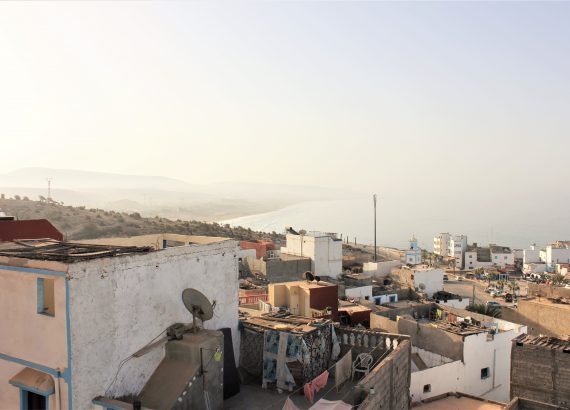
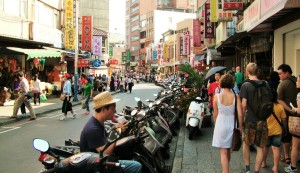
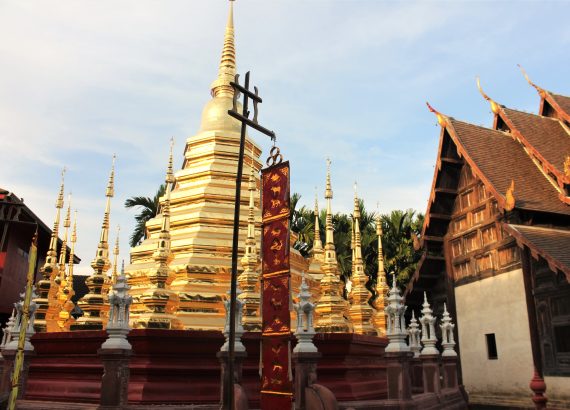
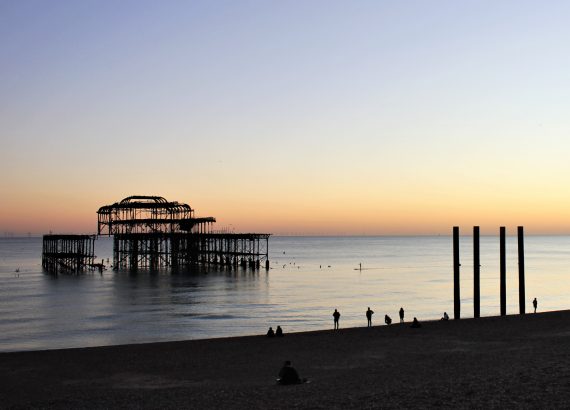
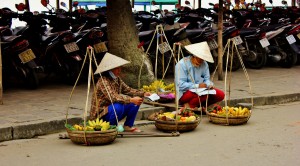


Katie Featherstone
It sounds wonderful guys. It can be so tricky to find responsible ways to see wildlife.
Charlie Marchant
Hey Katie. It really was incredible. It’s so true. Often I find that you think you’ve found a responsible wildlife tour but when you get there it’s not what was advertised – which is absolutely the worst feeling. It can be really hard to know beforehand, even when you do lots of research. In this case we were lucky to have such a positive experience.
Matt
Awesome article!
I just got back from Sri Lanka. It was beautiful and I would highly recommend for any scuba divers out there!
Keep up the good work.
Charlie Marchant
Thanks, Matt. Awesome, where did you go scuba diving in Sri Lanka? I’m not sure that we went by any particularly popular scuba diving spots. We loved Sri Lanka though and would be keen to go back in the future.